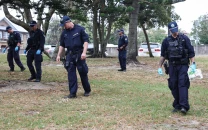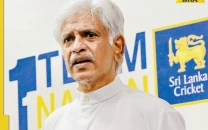Maoists threaten India’s internal security

Authorities blamed the Maoists for a railway attack in the eastern state of West Bengal early on Friday that derailed an express train, killing at least 80 people.
The insurgency has spread to 20 of India’s 29 states. Tribal groups and many rural areas have been left behind by India’s economic development, and poverty and discontent with local government corruption are seen as fuelling support for the insurgents.
Their current strength is estimated at between 10,000-20,000 guerrillas, who operate out of jungle camps. Between 2005 and 2010, the Maoists killed more than 1,220 security personnel and about 2,640 civilians, according to home ministry data. Using their abundant supplies of automatic weapons, landmines and improvised explosive devices, they usually target police patrols, alleged informers, rail tracks, schools and government buildings.
Security forces say their principal sources of funding are from abductions, extortion and looting. They have also set up unofficial administrations in some rural areas to collect taxes.
“The Maoists have three things on their side -- stealth, speed and surprise.
In that sense they have the initiative,” said analyst PV Ramanafrom of the government-funded Institute of Defence Studies and Analyses (IDSA).
The Indian government launched a centrally coordinated anti-Maoist offensive in November 2009, dubbed Operation Greenhunt.
But the operation produced few tangible results as the Maoists responded with a series of deadly attacks that raised questions over the government’s reluctance to deploying the military against the rebels.
Home Minister P Chida-mbaram acknowledged that changes were needed and said he would request wider powers.
The minister noted that the chief ministers of four of the worst-hit states had asked for air power to be used against the rebels – but this is a measure the government has so far refused to sanction.
Published in the Express Tribune, May 29th, 2010.



















COMMENTS
Comments are moderated and generally will be posted if they are on-topic and not abusive.
For more information, please see our Comments FAQ